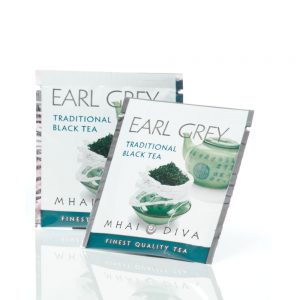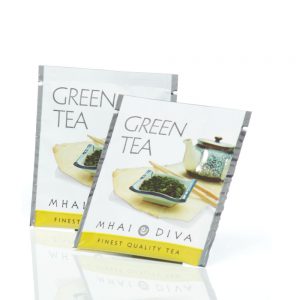Our tea is cultivated by using the “contour planting” method, where tea bushes are planted in lines, which follow the contours of the land. Young tea plants are frequently cut back 10-15 cm from the ground to encourage lateral growth. The plants are pruned regularly to prevent them from becoming trees, and the resultant bushes are flat topped and about 1m in height.
For commercial activities generally two leaves and a bud are plucked. A tea plucker usually aims for a daily target of 15 to 20 kg of tea leaves. The plucked tea is transported to the nearby tea factory with a little delay as possible.
Once the tea leaves arrive at the factory they are spread across the upper floors of the building in troughs, where all excess moisture in the leaf is removed. When the tea leaves are dried they are rolled, twisted and broken up. After this the fermentation process starts. This is done by spreading out the leaf particles on a table and expose them to warm air. During this process the colour of the leaf changes from green to a bright coppery colour.
The fermented leaf is then put into a firing chamber where the hot air prevents any further chemical reaction from taking place. The temperature at which the tea has been fired will determine the keeping qualities of the tea. Once the firing process is completed the leaves emerge hard and black, and are ready for grading. The graded teas are finally weighed and packed and sold.





